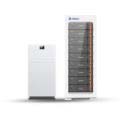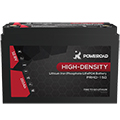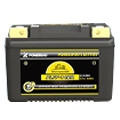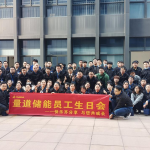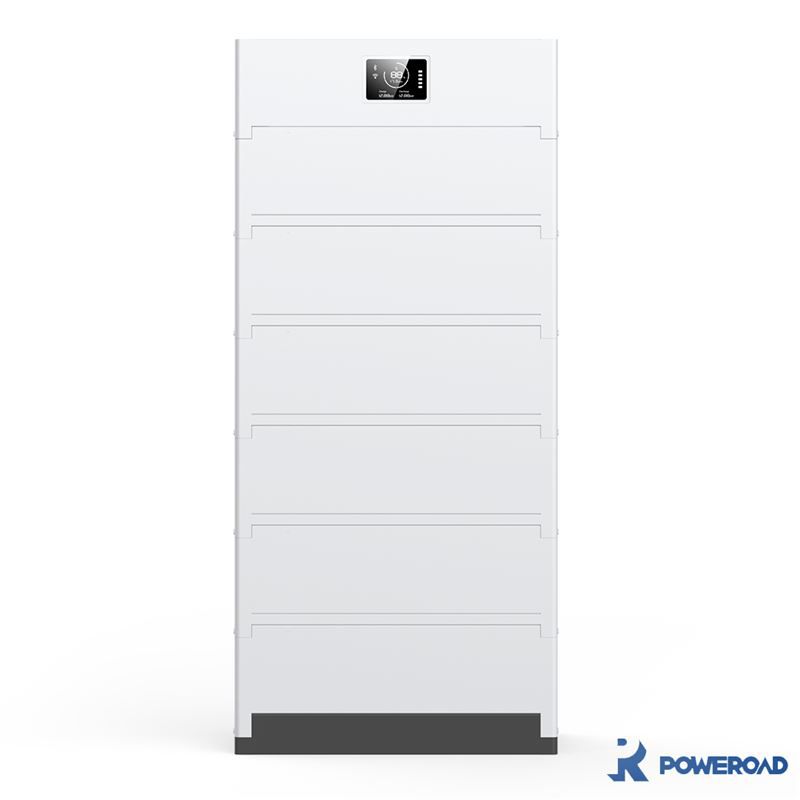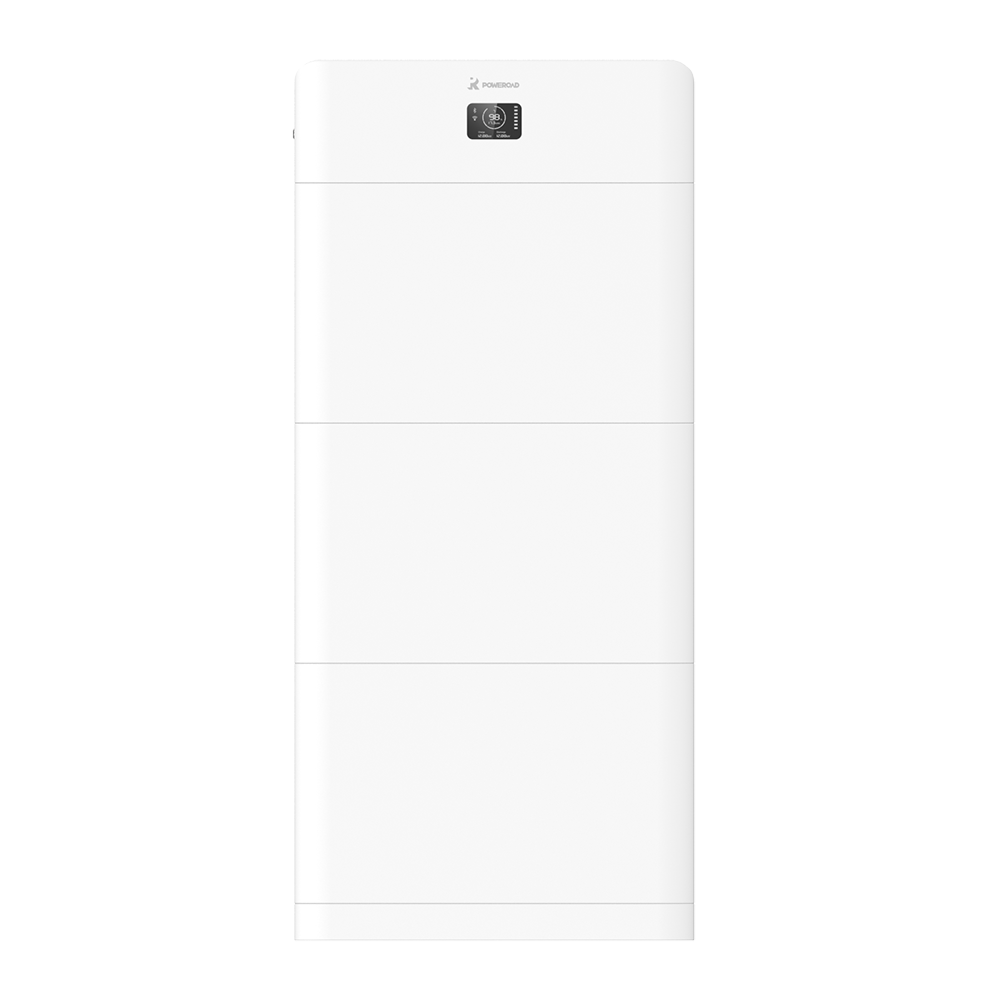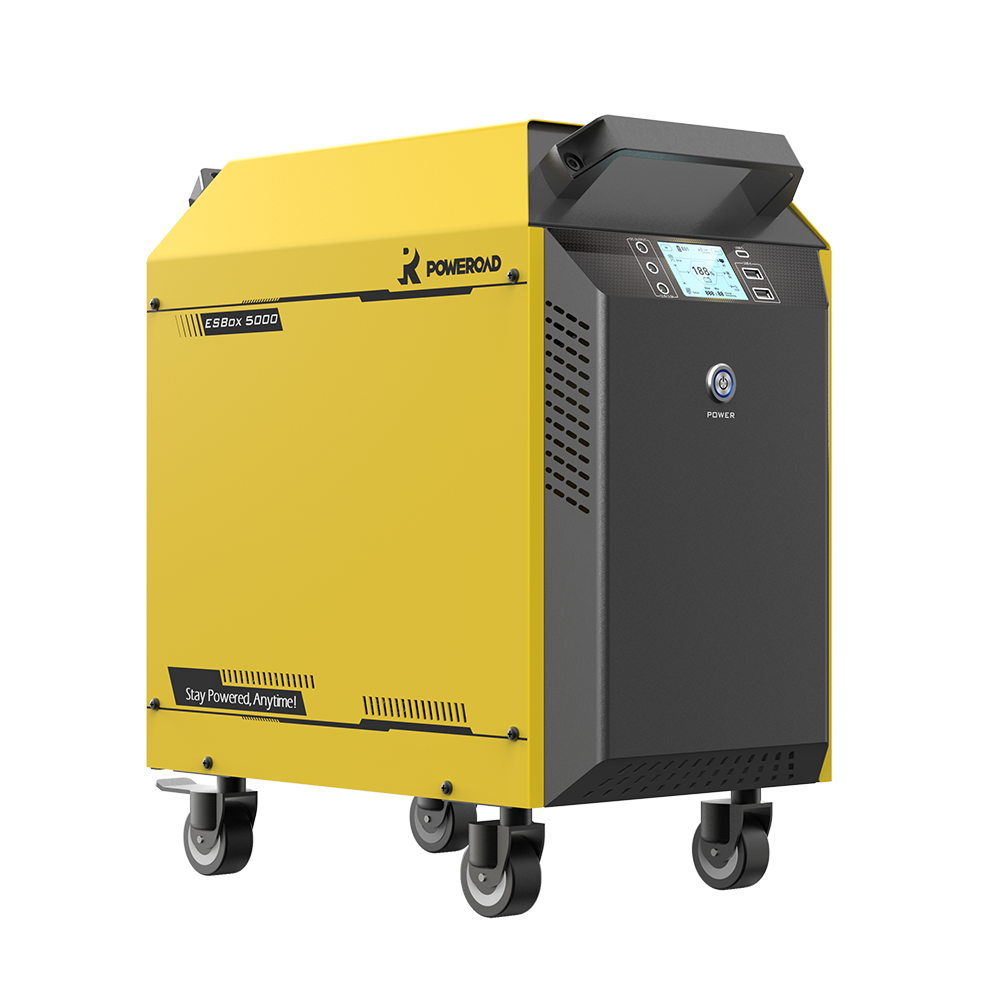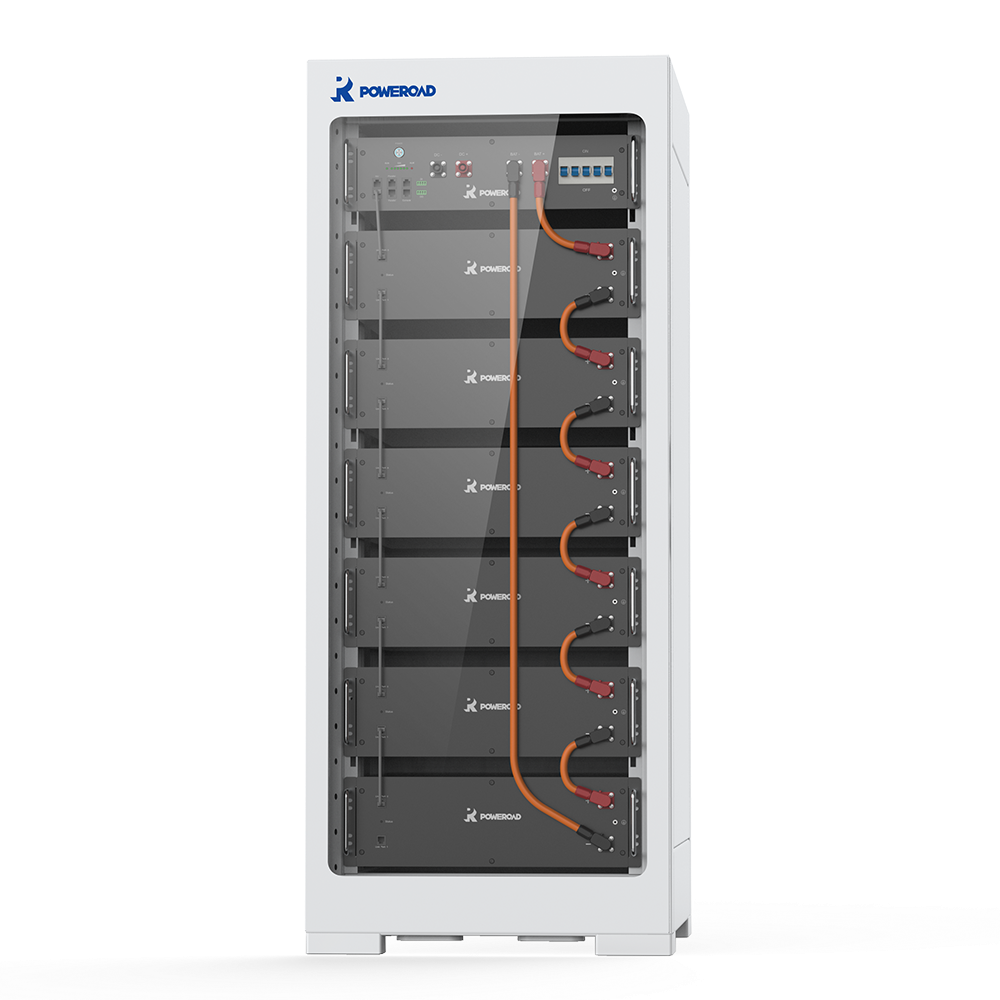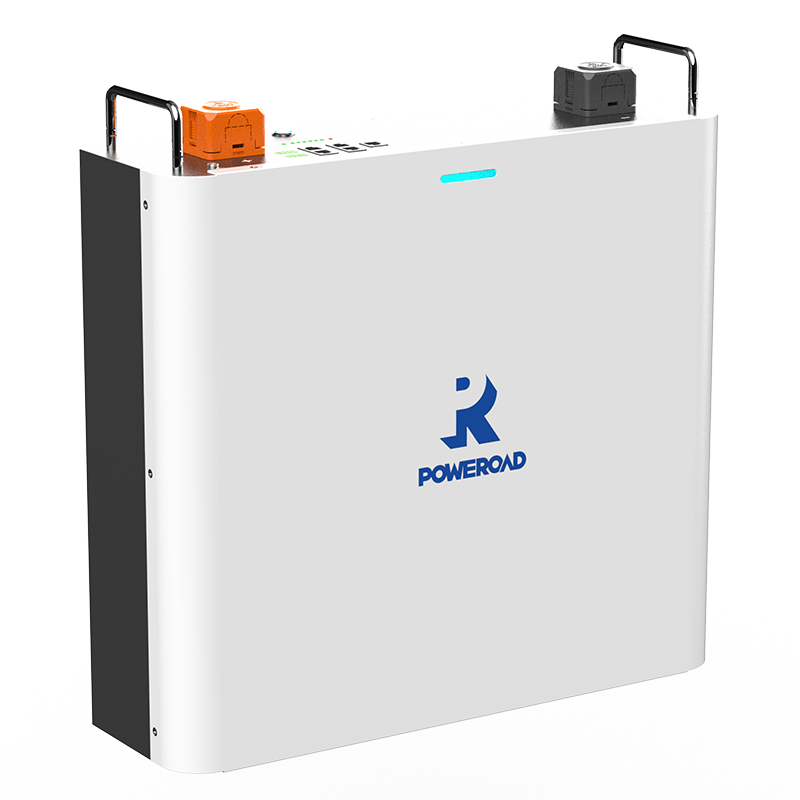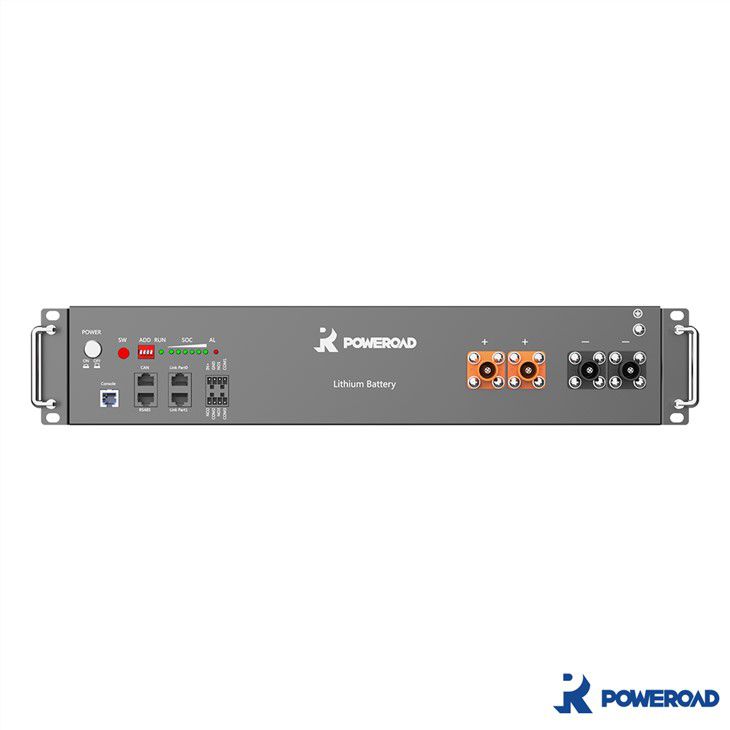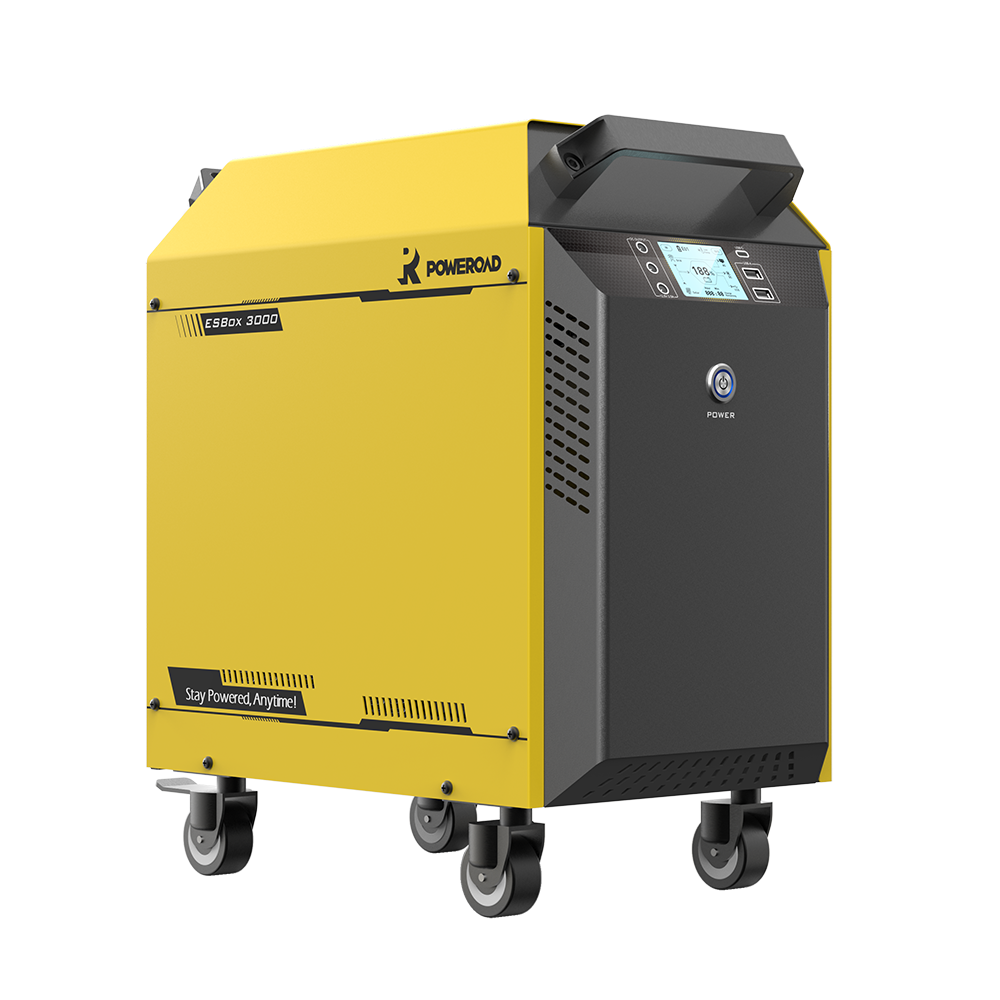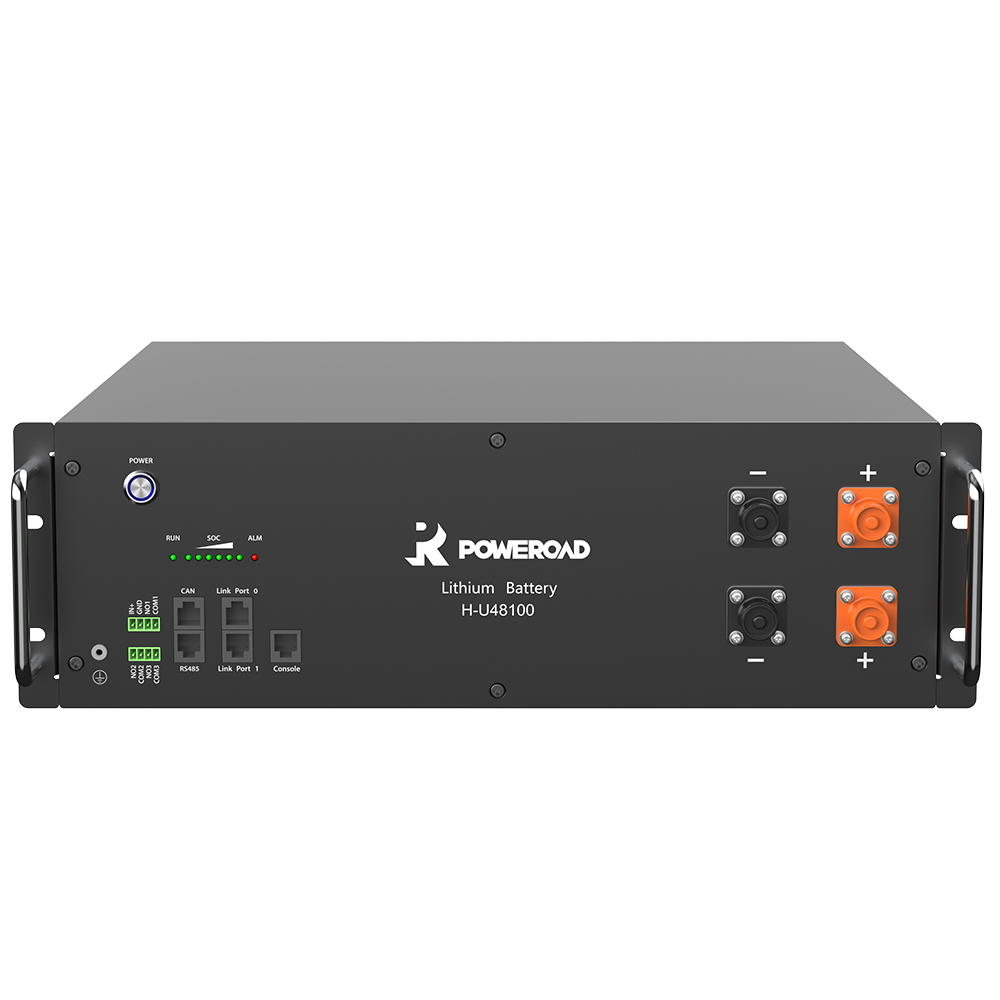1) Polymers
Polymer lithium-ion batteries are developed on the basis of liquid lithium-ion batteries, using conductive materials as the positive electrode, carbon materials as the negative electrode. The electrolyte is composed of solid or gel organic conductive film, and the outer packaging is the latest version of the aluminum-plastic film. Because of its more stable performance, it is also regarded as a replacement product for liquid lithium-ion batteries. Many companies are developing this new type of battery.
2) Power
Strictly speaking, power lithium-ion battery refers to a lithium-ion battery with a capacity of 3AH or more. It generally refers to a lithium-ion battery that can be discharged to drive equipment, vehicles, etc. The capacity of the battery may not reach the level of unit AH. Power lithium-ion batteries are divided into two types: high capacity and high power. High-capacity batteries can be used for power tools, bicycles, scooters, miners’ lamps, medical equipment, etc.; high-power batteries are mainly used for hybrid vehicles and other occasions that require high-current charging and discharging. According to different internal materials, power lithium-ion batteries are divided into liquid power lithium-ion batteries and polymer ionic power batteries, collectively referred to as power lithium-ion batteries.
3) High Performance
In order to break through the storage bottleneck of traditional lithium batteries, a new iron-carbon storage material that can store more power in a small storage unit is developed. However, the obvious disadvantage of this material is that the charging cycle is unstable, and the storage capacity of the battery is significantly reduced after multiple charging and discharging. For this reason, a new synthetic method is used. They mixed several raw materials with a lithium salt and heated them to create a new nanostructured material with carbon nanotubes. This method creates electricity storage units and conductive circuits on nanoscale materials in one fell swoop.
The electricity storage capacity of this stable iron-carbon material has reached twice that of existing electricity storage materials, and the production process is simple, the cost is low, and its high performance can be maintained for a long time. Dr. Maximilian Fichtner, who led the research, said that if the potential of this new material can be fully exploited, the storage density of lithium-ion batteries can be increased by 5 times in the future.

